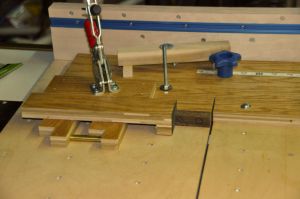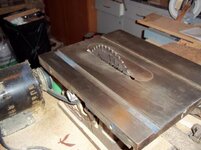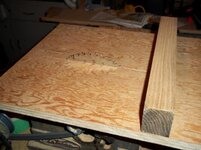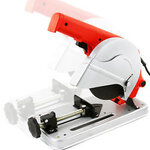Jttheclockman, I appreciate all feedback, I don't have a specific reason for wanting a thin kerf, just want to conserve as much blank as I can I suppose. My miter saw is a 10" with a 5/8" arbor so that diablo demo deamon won't cut it for me (pun intended) I am not into segmenting yet, so just cutting blanks to tube length then truing them up with a pen mill, which I am headed toward truing them up on the lathe used as a disc sander... I suppose at this point reading all the feedback, I just need tips on which 10" power miter saw blade I should be looking for.
The reason I am getting a metal cutting bandsaw (actually a variable speed) is because I am a developing knifemaker, so cutting steel is a necessity. The saw I am considering is wood & metal capable... so thanks everyone for the feedback, Oh and BTW I did try the search feature with several different wordings and was unable to find anything--I generally have poor luck with the search feature here.





